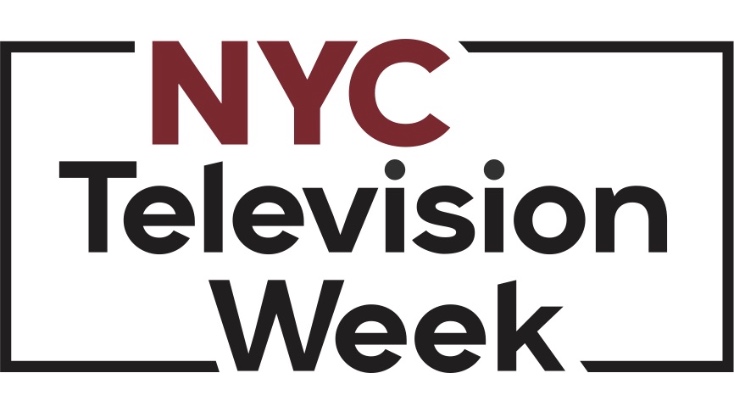NYC TV Week: Incumbents See Opportunities in D2C

New York -- Direct-to-consumer offerings can present revenue opportunities for both broadcasters and cable networks, offering viewers more flexibility and advertisers and networks more opportunities to monetize their content, according to a panel session at NYC TV Week’s Streaming TV conference here Tuesday.
ABC News/Disney SVP and GM of digital & live streaming Colby Smith used the programmer’s ABC News Live streaming channel as a prime example, adding that smart TV’s and streaming services are increasingly supplanting linear TV.
“When we talk about streaming TV, there’s going to be two economies -- there will be the VOD economy and there will be the live economy. What we are seeing in news and live events as well as sports is that when people are streaming live they engage with it 10 to 20 times longer,” Smith said at the panel session, entitled The Incumbents. “The experience they share, their desire to share, is far greater than binge watching.”
And not only are online viewers engaged, they watch for a long time.
Smith noted that ABC News Live broadcast a presidential debate through its Roku channel in September where the average minutes viewed per viewer was 110 minutes. On YouTube, where viewers also could watch the ABC News Live debate, time spent averaged 70 minutes per viewer, primarily on smartphones.
“The point is as we’re evaluate the success of this strategy, if you can get people to sit with you for 70 minutes on a smartphone, you can serve them ads,” Smith said.
Public broadcasters don’t sell ads, but they are finding other reasons to offer more content digitally, said PBS chief operating officer Jonathan Barzilay. In addition to its traditional linear broadcasts, PBS has branched out into apps on Smart TVs and offering PBS channels like PBS Kids and PBS Masterpiece as add-ons to Amazon Channels. For Barzilay, it’s all about establishing an emotional relationship with the consumer.
Broadcasting & Cable Newsletter
The smarter way to stay on top of broadcasting and cable industry. Sign up below
“On broadcast, the model has generally been what we call membership,” Barzilay said. “...Digital is a much more transactional place.”
Read More: Complete Coverage of NYC TV Week
While digital viewers don’t see pledge drives like their broadcast counterparts, they can generate revenue through PBS Passport, an online service that is available only to donors at a certain level (as little as $5 per month), and that offers a library of PBS programming, sort of a “Netflix for public media,” Barzilay said.
At Discovery Inc., SVP and GM OTT & Digital Syndication Michael Bishara sees its Discovery Go app not only as a way for customers to watch Discovery programming on demand, but a way to drive viewership across its platforms and remind them of shows that they may not watch regularly, but that could be of interest.
Bishara said that Discovery doesn’t just track what people are watching via the app, but how they are interacting with it.
"We have a dedicated team internally that is constantly responding to either emails or ratings in the app store,” Bishara said. “That is as important to us as looking at minutes and revenue.”
From a marketing standpoint, Bishara said the app can help viewers catch up on shows, preview a show before it hits the linear feed, watch live and original programming and recommend shows they may like.
“It’s about adding to the value proposition,” Bishara said. “We believe in our content offering and these new platforms unlock the ability for us to create a unique experiences and truly add real value to that proposition.” Bishara said.










